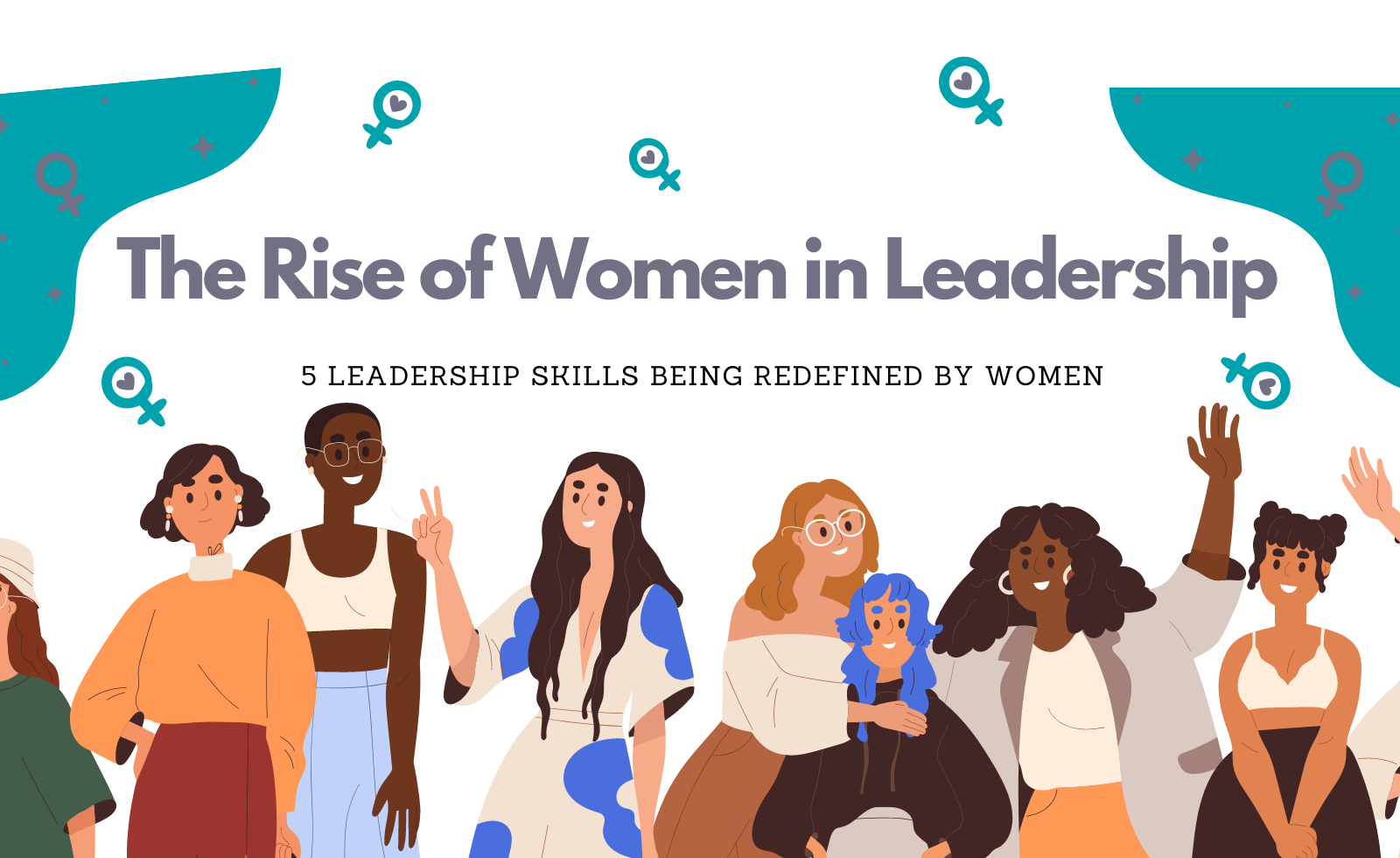[1] Janjuha-Jivraj, Dr. Shaheena. “What ‘the Drop to the Top’ Means for Women in Leadership.” Forbes, Forbes Magazine, 14 July 2023, www.forbes.com/sites/shaheenajanjuhajivrajeurope/2023/07/11/what-the-drop-to-the-top-means-for-women-at-c-suite/?sh=12f2bc094cc3.
[2] Morrin, Siobhan. “Women Make up Only 30% of UK Leadership Roles. Why Is Female Representation Still so Low?” LinkedIn, 2 July 2022, www.linkedin.com/pulse/women-make-up-only-30-uk-leadership-roles-why-female-still-morrin/.
[3] “Why Women Make Effective Communicators and Leaders.” Day Designer, 17 Jan. 2024, daydesigner.com/a/blog/why-women-make-effective-communicators-and-leaders.
[4] FTSE Women Leaders Review 2022, ftsewomenleaders.com/wp-content/uploads/2022/02/2021-FTSE-Women-Leaders-Review-Final-Report.pdf.
[5] Amberger, Joanna. “Breaking Barriers: Empowering Women in Leadership Roles.” LinkedIn, 28 Aug. 2023, www.linkedin.com/pulse/breaking-barriers-empowering-women-leadership-roles-joanna-amberger/.
[6] Thompson, Annie. “Future of Work: How Female Leaders Are Transforming the Workplace.” HRD, 27 May 2022, www.hrdconnect.com/2021/06/16/future-of-work-how-female-leaders-are-transforming-the-workplace/.
[7] Lewis, Sarah, and Director Regional Marketing. “Why Women in Leadership Communities Matter, Now More than Ever.” Zendesk UK, 13 Oct. 2023, www.zendesk.co.uk/blog/why-women-in-leadership-communities-matter-now-more-than-ever/.
[8] “Do Women Make Better Leaders?” Gleeson Recruitment Group, 21 Feb. 2024, www.workwithglee.com/blog/2023/04/do-women-make-better-leaders/.







